I have been searching for an power management IC for my circuit but i noticed that Reverse Voltage Protection and Reverse Current Blocking are both a separate feature. Logically speaking i think they are the same because if there is no reverse current there would also be no reverse voltage. But since they are marked differently (where one ic is labeled RVP and another RCB) makes me think that I am missing something. Are there distinct difference between the two ? What i want is to protect my circuit from Vcc and GND being connected interchanged
1 Answers
A reverse current ultimately manifests as current flowing the wrong way through the power input terminals. But there is a difference between whether this is being caused by the voltage at the inputs being applied in reverse or whether the load itself is trying to push power back towards the supply.
The diode D1 will block any currents from flow through it in reverse whenever the potential at the cathode is more positive than the potential at the anode. This occurs both when V1 is reversed or if the voltage across the load gets higher than V1 and the load tries to push power back towards the supply. Conversely, the diode will conduct whenever the potential at the anode is more positive than that at the cathode.

simulate this circuit – Schematic created using CircuitLab
But something like a PMOS wired as an "ideal diode" doesn't actually behave completely like a diode. The PMOS blocks current whenever the gate voltage becomes more positive than the source voltage. This occurs when V2 is connected in reverse.
Conversely, the PMOS conducts whenever the gate voltage is more negative than the source terminal voltage. This occurs if V1 is connected with the correct polarity (kickstarted by the PMOS body diode) BUT it also occurs whenever if the load develops a voltage that is higher than V1. This means that the PMOS does not prevent the load from pushing power back towards the supply. This can occur when motors are backdriven and behave like generators, or when the supply brownsout and the load bypass capacitors dump energy back into the supply. More complicated PMOS circuits are required in order to prevent this from happening.

Therefore some circuits will block reverse currents due to reversed input polarity at the input terminals and when the load voltage exceeds the supply voltage, but others will only block reverse currents due to reversed input polarity.
Whether the people using the terms "Reverse Voltage Protection" and "Reverse Current Blocking" actually mean what they say if they are just being sloppy is another matter.
- 54,733
- 4
- 67
- 153
-
I always wondered this, but could the PMOS circuit start up without external assistance if the body diode was absent? For example, PMOS with an exposed body connection? – DKNguyen May 18 '20 at 13:44
-
That complicates things, so i will have to look at the datasheet in order to know more. The one PMIC i am looking is [this](https://www.ti.com/lit/ds/symlink/tps2120.pdf?HQS=TI-null-null-digikeymode-df-pf-null-wwe&ts=1589873752404#page=30) and the good thing is it says about adding a doide to the ground to prevent reverse polarity, but in the other scenario you have mentioned how would this fare? – DrakeJest May 19 '20 at 07:41
-
@DrakeJest That IC is designed to monitor the input vs output voltage and switches the back-to-back MOSFETs (discrete MOSFETs have an inherent body diode so can only block in one direction so back-to-back allows blocking in both directions) to prevent the load pushing power back. It is not designed to protect against reverse polarity but if you add a diode to ground it prevents the IC from burning out, but since remains off off in reverse polarity those MOSFET can't be turned on so no reverse currents from reverse polarity can flow, ergo reverse-polarity protection. – DKNguyen May 19 '20 at 17:39